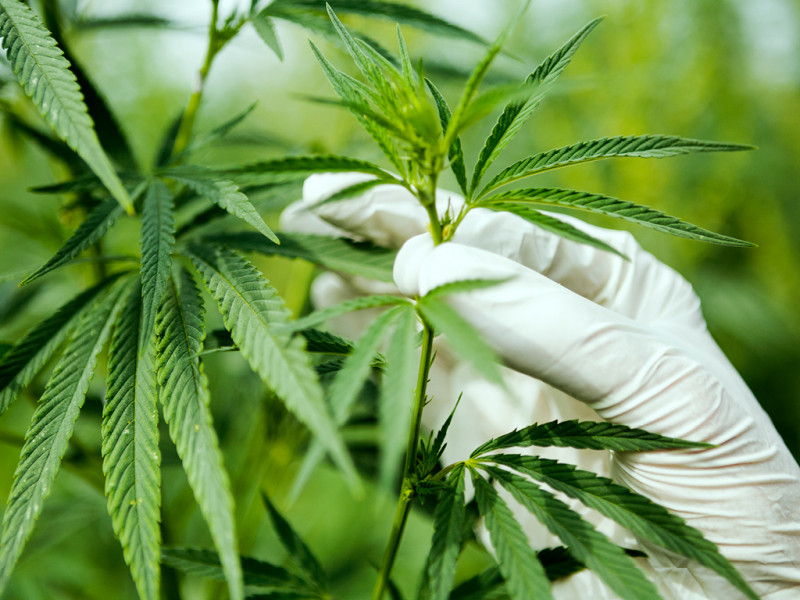It separates facts from deliberate misinformation, myths and hype.
As legal cannabis becomes increasingly mainstream, research is critical to debunking some of the myths that were advanced to back its banning. How does research add value to a young industry that revolves around a plant shrouded in misinformation? How can research advance the maturity of the cannabis industry?
Quite simply, research helps to separate facts from misinformation, myths and hype.
Health Benefits Demystified
We were taught to look at the cannabis plant from its potential for abuse. We developed a belief that the plant is inherently destructive. But the health benefits of cannabis have been consistently researched in recent years.
In January 2017, the National Academies of Sciences, Engineering and Medicine published a report entitled “The Health Effects of Cannabis and Cannabinoids.” It summarized the current evidence available on both the therapeutic and the harmful effects of marijuana. Further, the report recommended that research be conducted to develop a comprehensive understanding of the health effects of marijuana and that steps should be taken to overcome any regulatory barriers that make it difficult to research marijuana’s health effects.
In November 2017, a World Health Organization committee concluded at a meeting that “in its pure state, cannabidiol does not appear to have abuse potential or cause harm.” However, WHO does not recommend cannabidiol for medical use currently. Initial research from animal and human studies in the New England Journal of Medicine and other reported cases shows that “its use could have some therapeutic value for seizures due to epilepsy and related conditions.”
Further, the U.S. Department of Health and Human Services was granted a patent on “cannabinoids as neuroprotectants.” What was discovered is that compounds found in the cannabis plant can be used in treating the effects of brain damage in the instances of “stroke and trauma, or in the treatment of neurodegenerative diseases, such as Alzheimer’s disease, Parkinson’s disease and HIV dementia.”
The U.S. Food and Drug Administration (FDA) hasn’t approved the marijuana plant itself to treat medical problems. But some states do allow its use for certain health applications. In 2018, the FDA did approve three cannabinoids (a derivative of marijuana) as drugs.
Multiple Industries Impacted
In addition to its potential health benefits, cannabis has proven invaluable in other areas as well. According to Science News, many stressed bee species are flocking to industrial hemp plants for pollen to feed their larval young.
And, industrial hemp has potential for use in textiles, building materials and pharmaceuticals. As more and more research develops, industries and opportunities will continue to grow.
Cannabis Research Promotes Development
Research is important because it promotes product development. Research is the fuel needed to fire investments across industries.
Investors can use research findings to develop products that best suit their markets. Furthermore, industry players can use research data to position themselves advantageously in their market segments. Lastly, business development professionals in the cannabis industry can optimize research findings to reverse previous assumptions because they know what works and what doesn’t.
Research Clarifies Benefits
Research helps investors understand cannabis benefits better. Consequently, they can use those benefits to push for favorable legislation at the federal level. The way in which the federal government classifies the cannabis plant clearly shows the government considers it a dangerous substance. To reverse the situation, legislation proponents need research and evidence-based benefits to demonstrate to the government that the benefits by far outweigh any perceived negatives associated with the plant. Moreover, research findings assist in making favorable buyer decisions since people buy benefits, not products.
Research is crucial to America’s young cannabis industry. It is a great tool for dispelling falsehoods and myths about the plant. Also, it is critical to the sector because it helps in advancing user safety through accurate product and consumption information. Lastly, it assists in clarifying the plant’s benefits as well as product and industry-wide development. ∞











